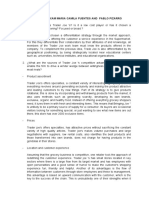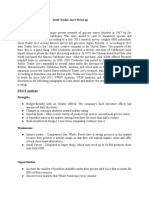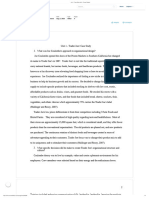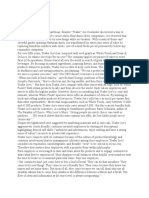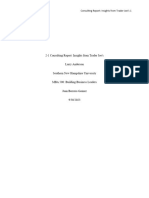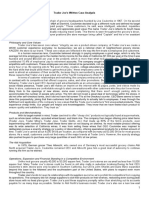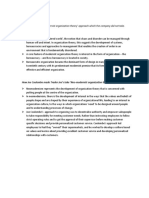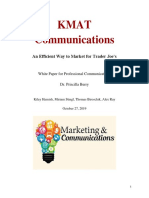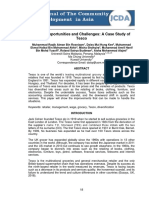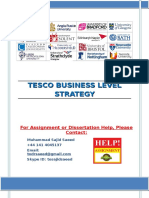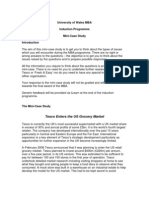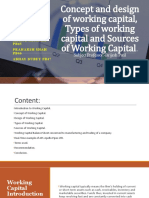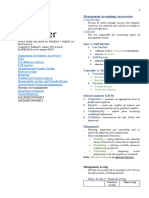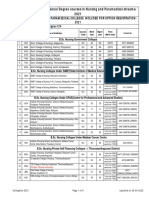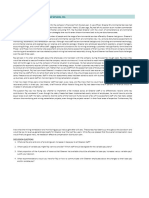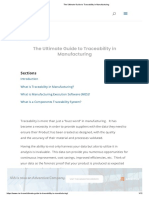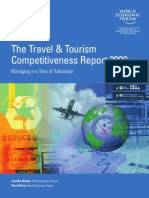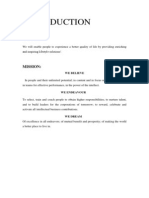0% found this document useful (0 votes)
207 views2 pagesTrader Joe
Trader Joe's faces competition from larger corporations and has some disadvantages compared to its competitors. However, it has some long-term advantages due to its customer-focused approach and high profit margins. Specifically, Trader Joe's customer-centric model and emphasis on quality products allows it to sustain higher prices and margins. While it faces barriers around brand recognition and distribution compared to larger rivals, its business strategy prioritizes customer satisfaction above all else.
Uploaded by
nissa.dawson18Copyright
© © All Rights Reserved
We take content rights seriously. If you suspect this is your content, claim it here.
Available Formats
Download as DOCX, PDF, TXT or read online on Scribd
0% found this document useful (0 votes)
207 views2 pagesTrader Joe
Trader Joe's faces competition from larger corporations and has some disadvantages compared to its competitors. However, it has some long-term advantages due to its customer-focused approach and high profit margins. Specifically, Trader Joe's customer-centric model and emphasis on quality products allows it to sustain higher prices and margins. While it faces barriers around brand recognition and distribution compared to larger rivals, its business strategy prioritizes customer satisfaction above all else.
Uploaded by
nissa.dawson18Copyright
© © All Rights Reserved
We take content rights seriously. If you suspect this is your content, claim it here.
Available Formats
Download as DOCX, PDF, TXT or read online on Scribd
/ 2


